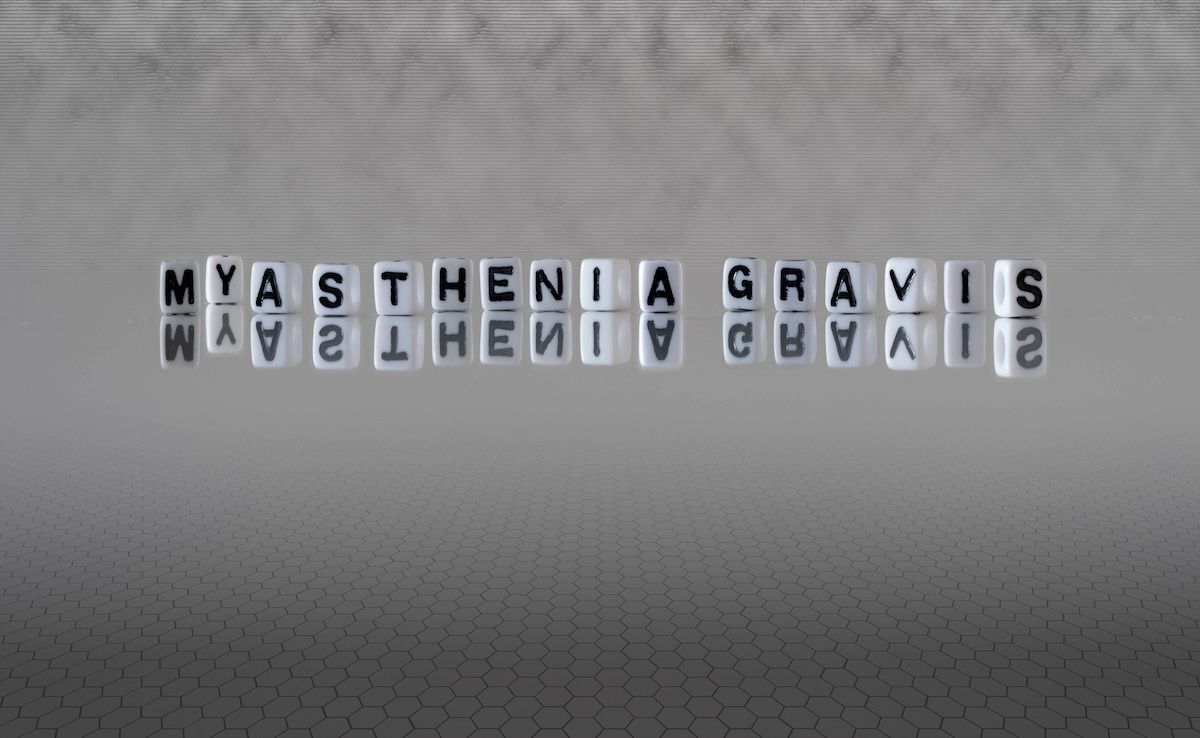Article
Botox Effective in Real-World Settings to Prevent Migraine, Study Says
Author(s):
OnabotulinumtoxinA (Botox) showed a sustained reduction in headache-day frequency and significant improvement in quality-of-life measures in patients with chronic migraine followed for 2 years, according to a recent study looking at real-world effects.
Real-world preventive treatment of chronic migraine with onabotulinumtoxinA (Botox) showed a sustained reduction in headache-day frequency and significant improvement in quality-of-life measures, according to a recent study looking at results over 2 years.
In the REPOSE study (REal-life use of botulinum toxin for the symptomatic treatment of adults with chronic migraine, measuring healthcare resource utilization, and Patient-reported OutcomeS observed in practice), patients received an injection every 12 weeks. The study was a European, open-label, multicenter, prospective, noninterventional study.
Of 641 patients enrolled, 633 received at least 1 dose of onabotulinumtoxinA for a total of 3499 treatment sessions. At baseline, mean (SD) age was 45.4 (11.7) years; most patients were women (85.3%). Injection practices closely followed the packaging insert in mean dosage (155.1 U) and injection sites per session (31.4), with the exception of a prolongation of the recommended 12-week dosing interval, with 79.1% of patients receiving at least 1 treatment session that was more than 13 weeks after the previous treatment session.
Headache-day frequency was reduced from a baseline mean (SD) of 20.6 (5.4) days to 7.4 (6.6) days at administration visit 8 (P <.001). Each domain on the Migraine-Specific Quality-of-Life Questionnaire—restrictive, preventive, and emotional—was significantly reduced from baseline through each administration visit (P <.001).
In addition, the median EuroQol 5-Dimension Questionnaire total and health state scores were significantly improved from baseline through each administration visit (P <.001).
Overall, 18.3% of patients reported an adverse drug reaction (ADR). Most ADRs were mild to moderate, with only 1.3% of patients reporting a serious ADR. Eyelid ptosis (5.4%), neck pain (2.8%), and musculoskeletal stiffness (2.7%) were the most frequently reported ADRs.
No new safety concerns were identified.
Other preventative treatments for migraine include calcitonin gene-related peptide inhibitors. Earlier this year, the American Headache Society noted that Botox does not require a gradual dose escalation for injectable use and has a rapid onset of benefits.
Reference
Ahmed F, Gaul C, García-Moncó JC, Sommer K, Martelletti P. An open-label prospective study of the real-life use of onabotulinumtoxinA for the treatment of chronic migraine: the REPOSE study [published online March 7, 2019]. J Headache Pain. doi: 10.1186/s10194-019-0976-1.

Navigating Sport-Related Neurospine Injuries, Surgery, and Managed Care




